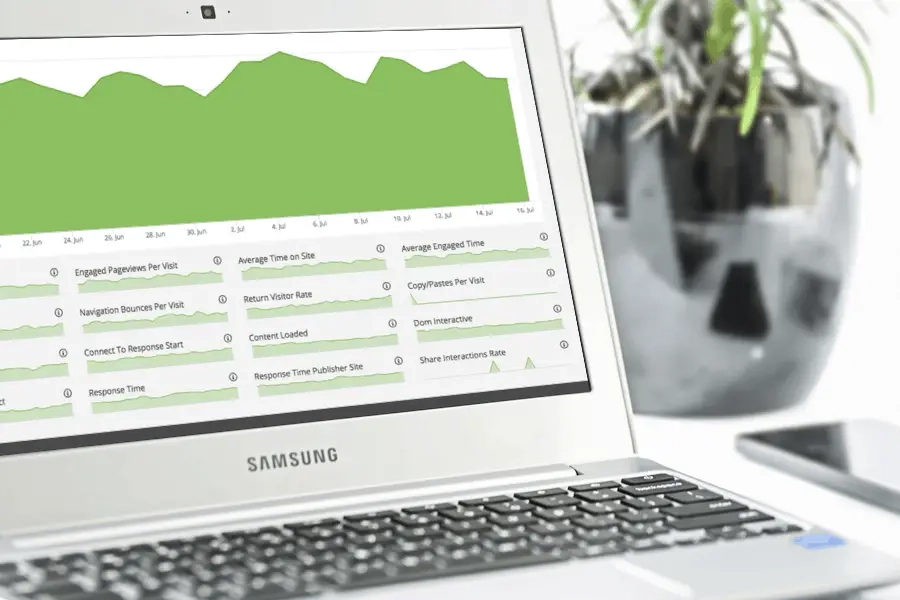Engagement Time Is Directly Connected To Digital Revenue

Engagement Time Is Important To Top Publishers

What is engagement time?
> Engagement time is the time recorded when website visitors are actively looking at a web page and interacting with it, but it excludes when users are quickly scrolling, waiting for a page to load, searching through navigation, or in other windows or tabs. It’s the time spent reading, watching video, filling out a form, or actively consuming content during a user session.

Engagement Time vs. Session Duration

- Making people view more pages than they need to, so the users are actually waiting for the page to load; which is something 100% of visitors hate.
- Having excessive or confusing navigation — causing [navigation bounces](https://blog.ezoic.com/navigation-bounces-affect-seo-digital-revenue/)
- Including mobile **un-**friendly features that actually force users to spend more time on site to find the content they want (think zooming in and zooming out).

Are engaged visitors more financially valuable to publishers

> **Example:** You have an ad on the 3rd page of content slideshow that loads quickly and has 100% viewability but no one clicks on the ad and it gets very low engagement and no one ever buys anything from that campaign. That is not as valuable to advertisers as the 4th-page visit to another website where viewability is lower, yet the CTR is higher and visitors actually purchase things from that advertiser.

The impact of engagement time on website traffic

Bring back the visitors!

Measuring engagement and user intent
Ultimately, looking at Engagement Time is something a lot of really smart publishers are starting to do in favor of looking at older UX metrics like session duration alone. Engagement Time cannot be manipulated and can provide valuable insights into how users are actually responding to tests, website changes, or ad combinations.
Publishers can leverage Engagement Time to increase revenue and improve SEO. They can also use it to safeguard against the degradation of CPMs over time and defend against advertisers blacklists.
Engagement time is not something easily measured inside of Google Analytics; however, there are several out of the box analytics solutions that do provide this kind of tracking for publishers. Ezoic platform users will find all of these stats inside of [advanced analytics](/?page_id=1212) on the Ezoic platform (_under UX Reporting_). If you’d like to monitor these on your site you can [sign up to use the Ezoic platform](https://svc.ezoic.com/join.php) here.
[Read our recent case study on these metrics…](https://www.ezoic.com/wp-content/uploads/2017/07/Case-Study-Good-or-Bad-SEO.pdf)
Questions? Let them fly in the comments section below.

